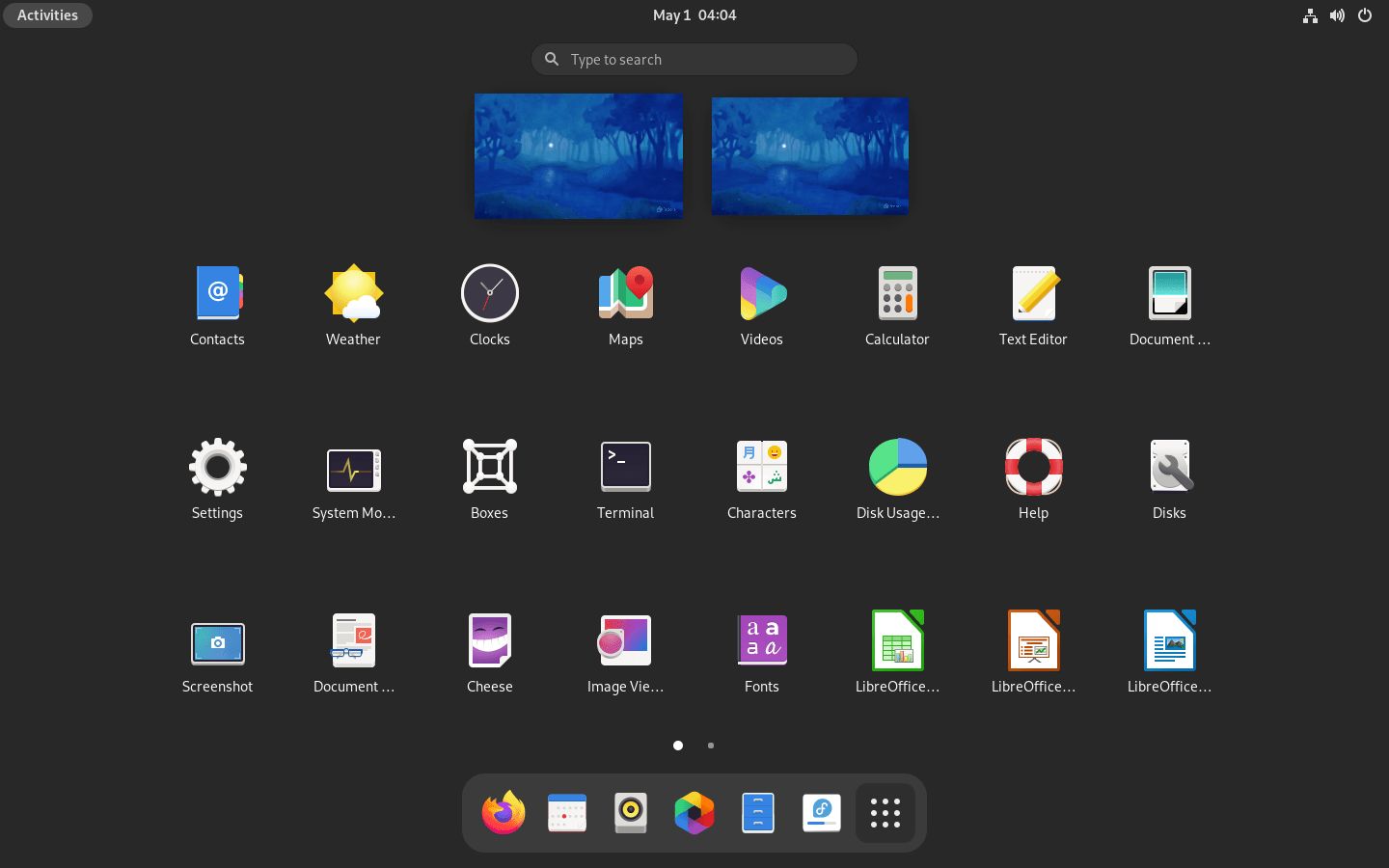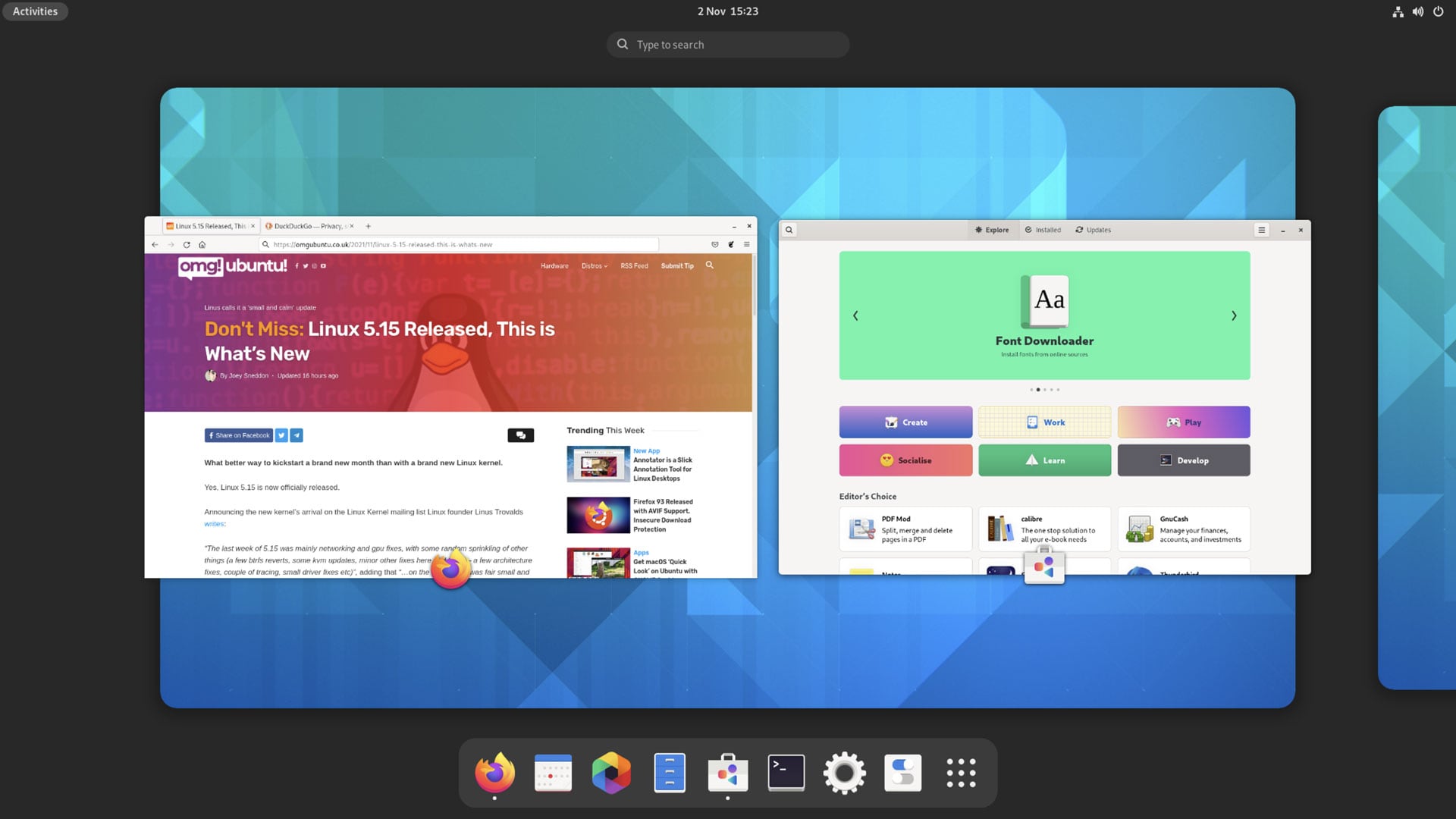


- Fedora workstation commands upgrade#
- Fedora workstation commands software#
- Fedora workstation commands plus#
- Fedora workstation commands free#
Since the release of Fedora 25, the operating system defaults to the Wayland display server protocol, which replaced the X Window System. Fedora also provides users with an easy-to-use build system for creating their own repositories called Copr.
Fedora workstation commands free#
Popular third-party repositories include RPM Fusion free and non-free repositories.
Fedora workstation commands software#
Software that is not available via official Fedora repositories, either because it does not meet Fedora's definition of free software or because its distribution may violate US law, can be installed using third-party repositories. Additional software is available from the software repositories and can be installed using the DNF package manager or GNOME Software.Īdditionally, extra repositories can be added to the system, so that software not available in Fedora Linux can be installed easily. Software įedora Linux comes preinstalled with a wide range of software such as LibreOffice and Firefox. Fedora provides a hardening wrapper, and does hardening for all of its packages by using compiler features such as position-independent executable (PIE). Traditional DNF (or other systems) should be used in containers.įedora Linux uses Security-Enhanced Linux by default, which implements a variety of security policies, including mandatory access controls, which Fedora adopted early on. The Fedora CoreOS and Silverblue editions use rpm-ostree, a hybrid transactional image/package system to manage the host. This means that only the changes between the installed package and the new one are downloaded, reducing network traffic and bandwidth consumption. A Delta RPM contains the difference between an old and new version of a package. Fedora Linux uses Delta RPM when updating installed packages to provide delta updates. Flatpak is also included by default, and support for Snap packages can be added. DNF uses libsolv, an external dependency resolver. Most Fedora Linux editions use the RPM package management system, using DNF as a tool to manage the RPM packages. Ī live media drive can be created using Fedora Media Writer or the dd command, allowing users to try Fedora Linux without changing their hard drives. Other desktop environments are available, including KDE Plasma, Xfce, LXQt, LXDE, MATE, Cinnamon, and i3. The default desktop environment is GNOME, and the default user interface is the GNOME Shell.

Fedora workstation commands upgrade#
Fedora users can upgrade from version to version without reinstalling. Making changes upstream instead of specifically for Fedora Linux ensures that the changes are available to all Linux distributions.įedora Linux has a relatively short life cycle: Each version is usually supported for at least 13 months, where version X is supported only until 1 month after version X+2 is released and with approximately 6 months between most versions.

Features įedora has a reputation for focusing on innovation, integrating new technologies early on and working closely with upstream Linux communities. Īs of February 2016, Fedora Linux has an estimated 1.2 million users, and is also the distro of choice by Linus Torvalds (as of May 2020 ), creator of the Linux kernel. A new version of Fedora Linux is released every six months. This was expanded to five editions for containerization and Internet of Things (IoT) as of the release of Fedora 37 in November 2022. Since the release of Fedora 21 in December 2014, three editions have been made available: personal computer, server and cloud computing. It is now the upstream source for CentOS Stream and Red Hat Enterprise Linux. It contains software distributed under various free and open-source licenses and aims to be on the leading edge of open-source technologies. It was originally developed in 2003 as a continuation of the Red Hat Linux project.
Fedora workstation commands plus#
GPL and various free software licenses, plus proprietary firmware files įedora Linux is a Linux distribution developed by the Fedora Project.


 0 kommentar(er)
0 kommentar(er)
